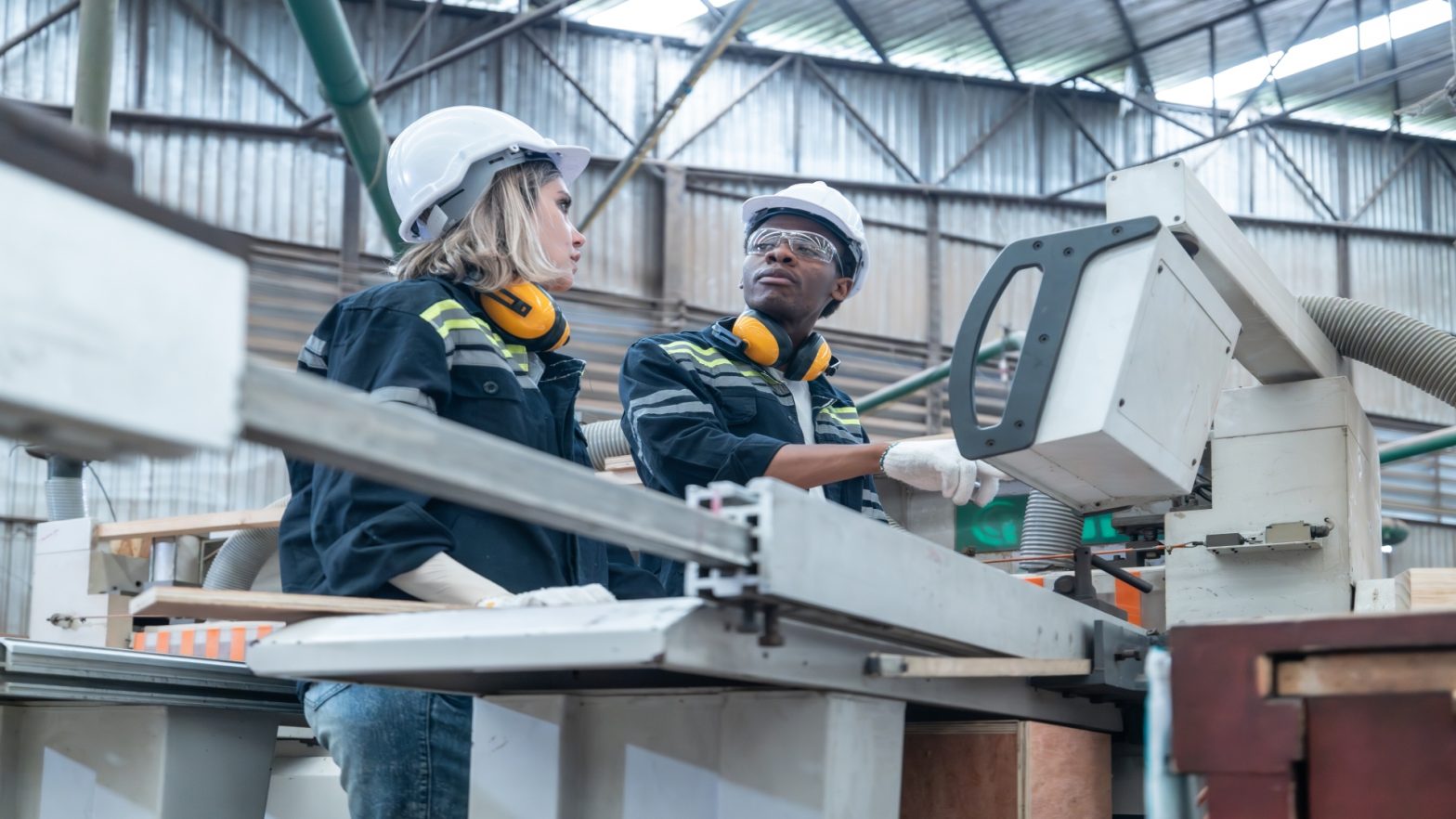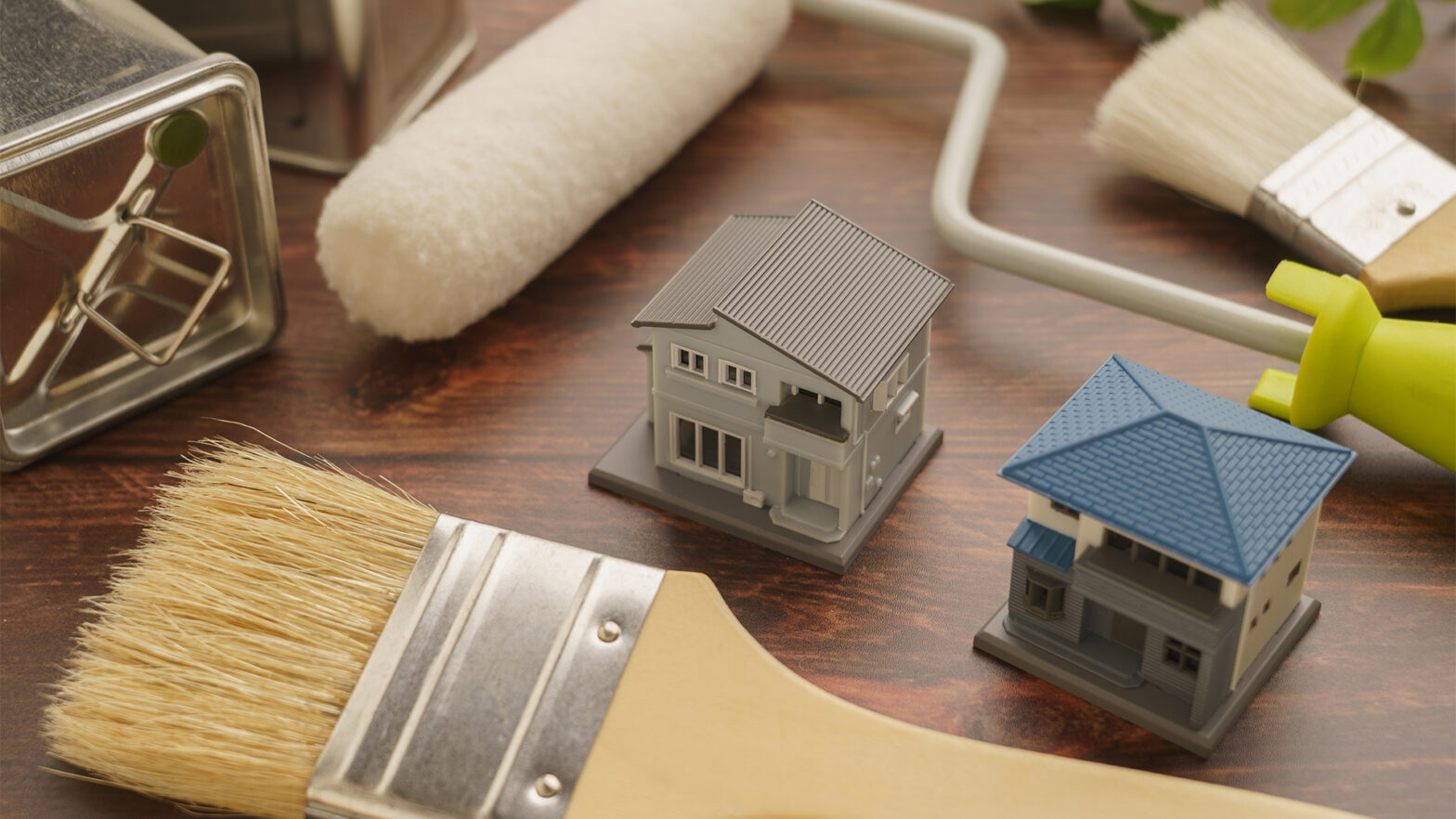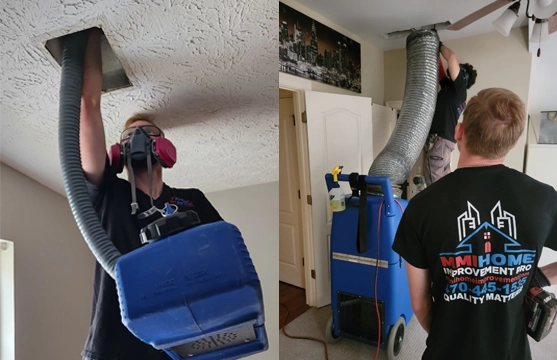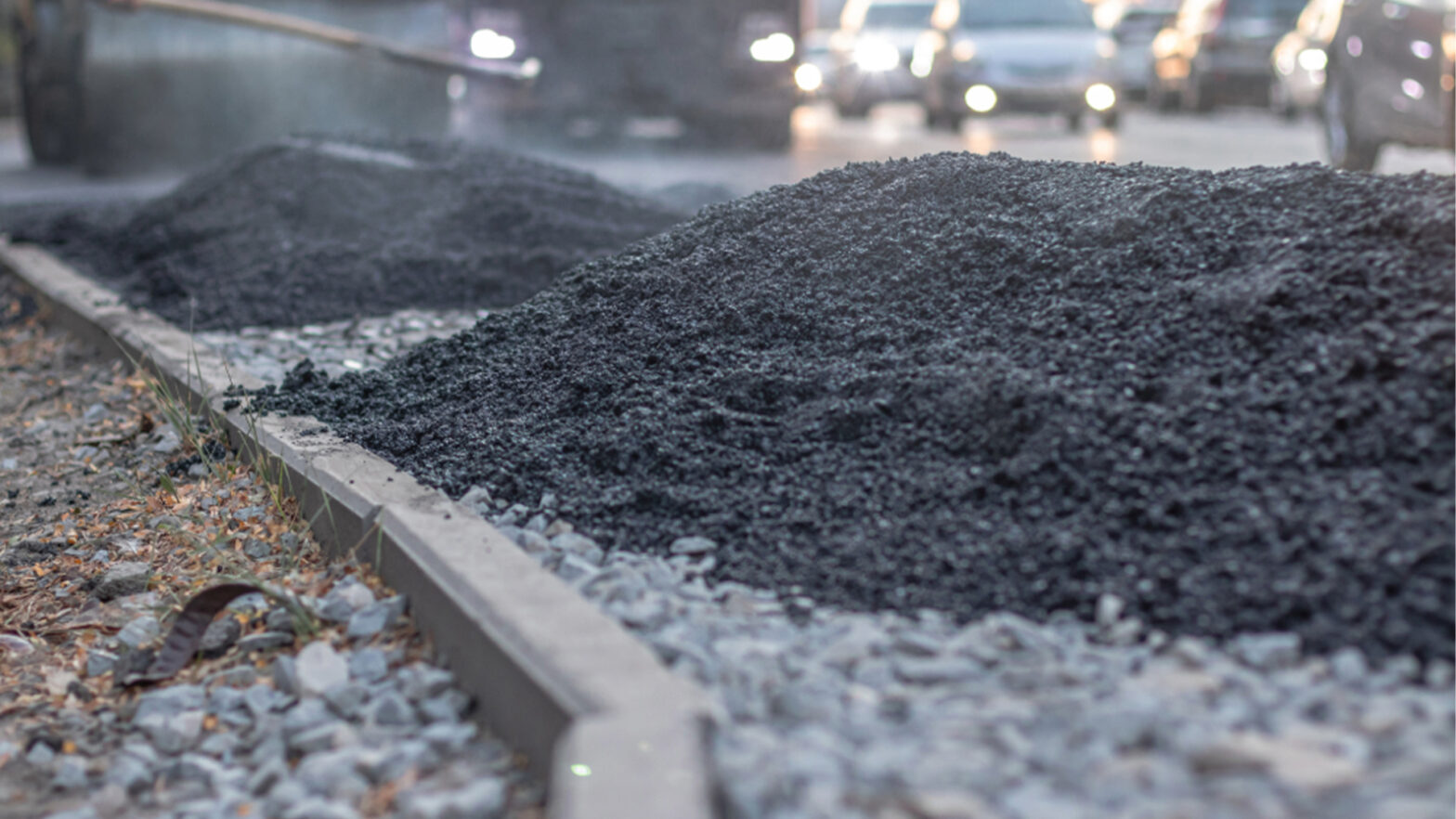Starting the building process for your dream home or business is an exciting process, often after having seen the beautiful 3D models your contractor or architect has developed for you. But now you’re left with a big decision to make—what material to build with. Virtually every material has its pros and cons, so it is essential to get informed before making the decision.
Our goal for this guide is to fully inform you about the best building materials you could use, what to consider in your decision, and our expert opinion on what the best building material would be for your project.
What To Consider When Choosing Building Material
- What’s Available?
Concrete: It’s common, cured and plays well with other materials. Because of how functional it is, it is typically used for foundations of residential and commercial buildings and maybe add a bridge or two.
Steel: Here’s a fun fact: the Empire State Building is made of…you guessed it, mostly steel! Aluminum, to be exact, and when it was renovated, even more steel was added, showing how strong and trusted it is. It is typically used for frames, structures, roofs, and utilities.
Wood: Wood does the job doesn’t cost much, and plays well with other materials on the list. It works great with framing, structure, and insulation
Stone: It is the most long-lasting; this is the material that made pyramids. It’s great for proofing and for building dams. But it will cost a pretty penny.
Brick and Masonry: Bricks have to be baked and used with mortar, but they break easily and need steel to reinforce them. They work for building walls but not much else.
- Your Needs
Every project is different. Before you can do anything else, you need to evaluate the specifics. What kind of building is it? Will it be frequently occupied? Are there local fire ordinances that need to be met?
High-rise buildings, commercial developments, and single-family homes all have unique requirements. Identifying these will automatically reduce your list of options.
- Safety and Longevity
If you and your building were in a fight against time and mother nature, aka (floods, tornados, fires), what material would you want in your corner? Look up some fire ratings on the different types of building materials, i.e., wood, stone, and aluminum. Obviously, your best bet is the material with a high fire rating. Aluminum joinery happens to have a high fire rating. For example, fire protection doors are commonly fire-rated, meaning you can tell how long the doors can withstand a fire attack.
- Cost Considerations
Think about how much each material will set you back short term and long term. For example, stone and steel will hurt your pocket short term but will stand with you for a long time, and will stick with you if disaster strikes. On the flip side, wood and bricks will leave your pocket happy but may not fare so well against time and mother nature, costing you long-term
Making the Final Decision
After weighing the options in this guide, we are partial to steel–aluminium joinery, to be specific. It works well with other materials, is safe, and can go toe-to-toe with fire for a good while, and is what the iconic Empire State Building is made from! Check out Aluprof for some of the best aluminium joinery in the game!

































